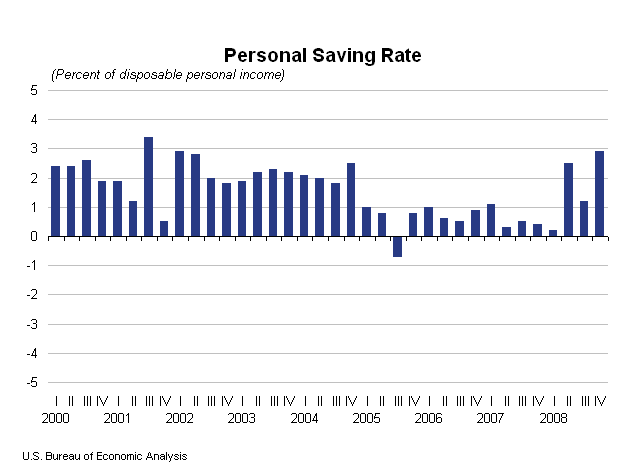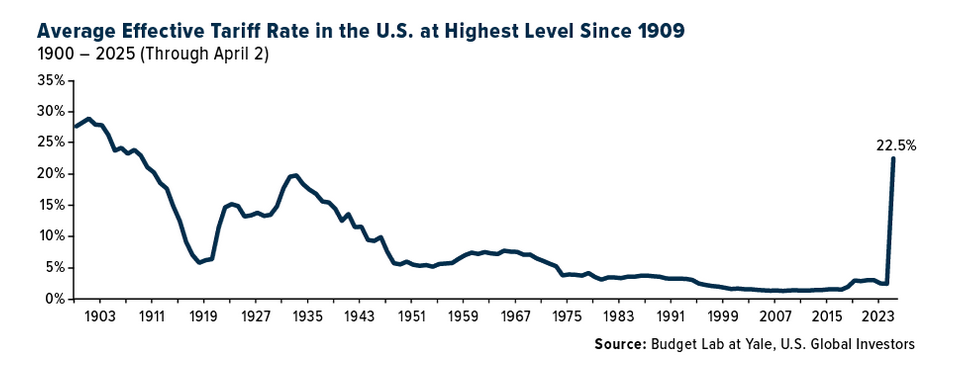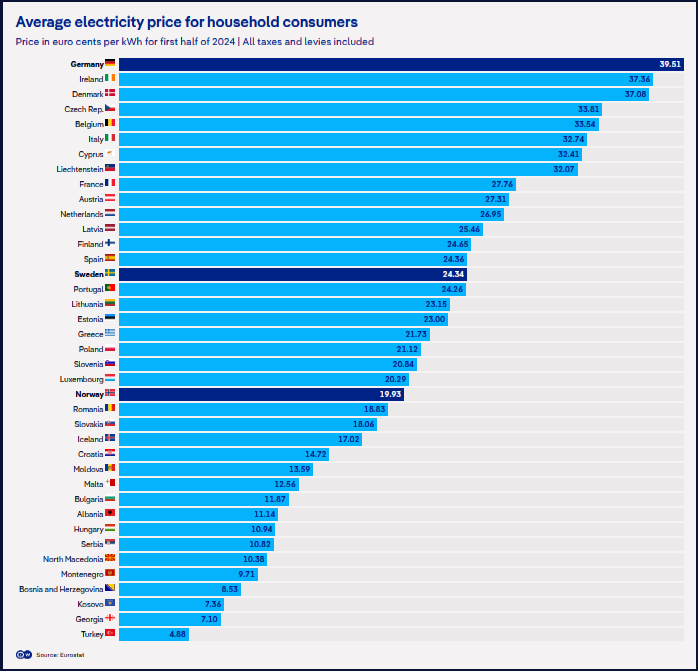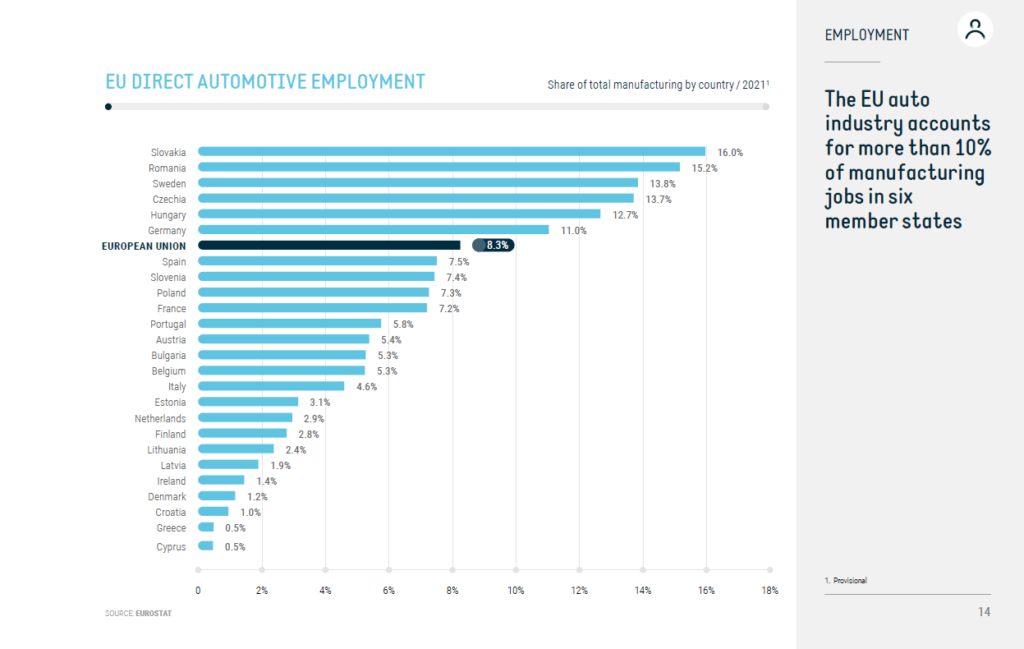The personal savings rate in the US has been going up in the past few months. This has implications for the economy as the consumption rate decreases. Since consumption forms a major portion of our GDP it pays to keep a close on the savings rate.
The New York Times published an article titled “Consumers Are Saving More and Spending Less” on Feb 2nd. The article said “The personal saving rate of 2.9 percent in the fourth quarter of 2008 was the highest since early 2002”.
Personal Savings Rate Chart (click on the chart to enlarge)
Source: The US Bureau of Economic Analysis
Americans saved $378.6 billion in December, compared with $299.1 billion in November 2008. In some ways this is a good start for consumers and the economy.
A few interesting points from the The NY times piece:
“A dollar saved does not circulate through the economy and higher savings rates translate into fewer sales and lower revenue for struggling businesses. As Congress considers an $800 billion package of tax cuts and spending plans, policy makers said that the most effective stimulus was money that would be spent quickly.
Still, some economists said the rising rate of savings was a natural reaction, penance for America’s spendthrift ways.
“If American consumers are less indebted, live within their means and have more money in savings, they are better positioned to spend on a sustainable basis for years to come,†said Greg McBride, senior financial analyst at Bankrate.com. “As painful as that is economically in the short run, these developments will better serve us in the long run.—
This leads us to the question of how high the Personal Savings Rate will go?. My research says that it can go over 7% based on the data shown below.
US Personal Savings Rate – Yearly:
[TABLE=135]
Source: OECD
The NY Times added “On average, Americans have saved about 7 percent of their disposable income since 1929, but that figure dropped to virtually nothing several years ago.” Hence a country of savers who saved 7% turned into a country of spenders with almost no savings in 2005 thru 2007. many of the OECD countries have much higher savings rates at double digits. For example in 2008, Germans saved 11.6% of disposable income compared to 1.6% by Americans. A table listing the savings rate of all the OECD countries can be found here.
Overall the current savings rate is expected to increase in the coming months and possibly years. Though the current interest rates on CDs and other instruments are very low, consumers will continue to save more until the housing and the equity market stabilizes.




